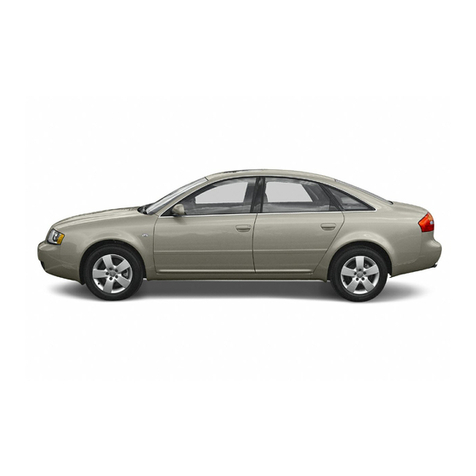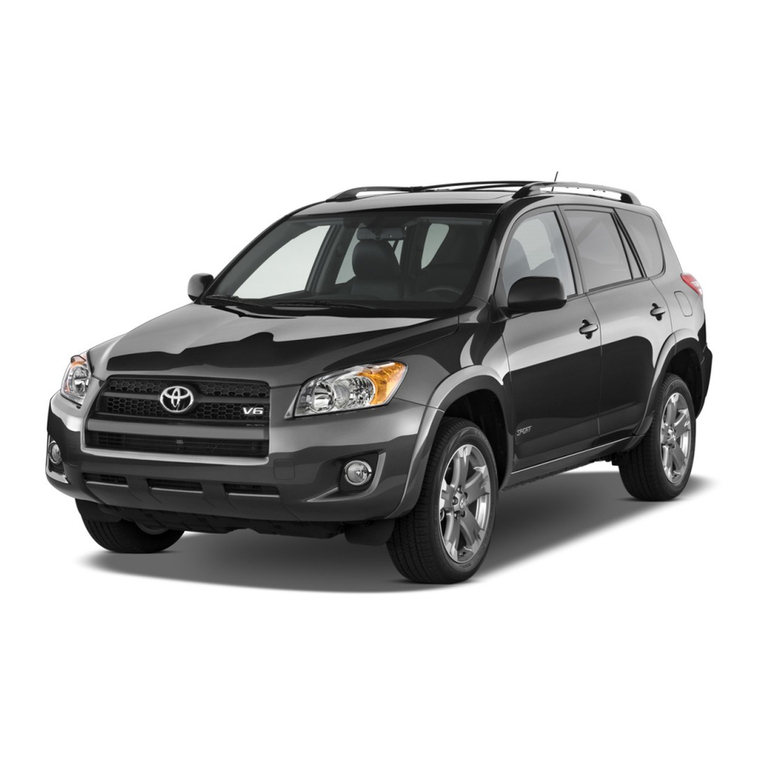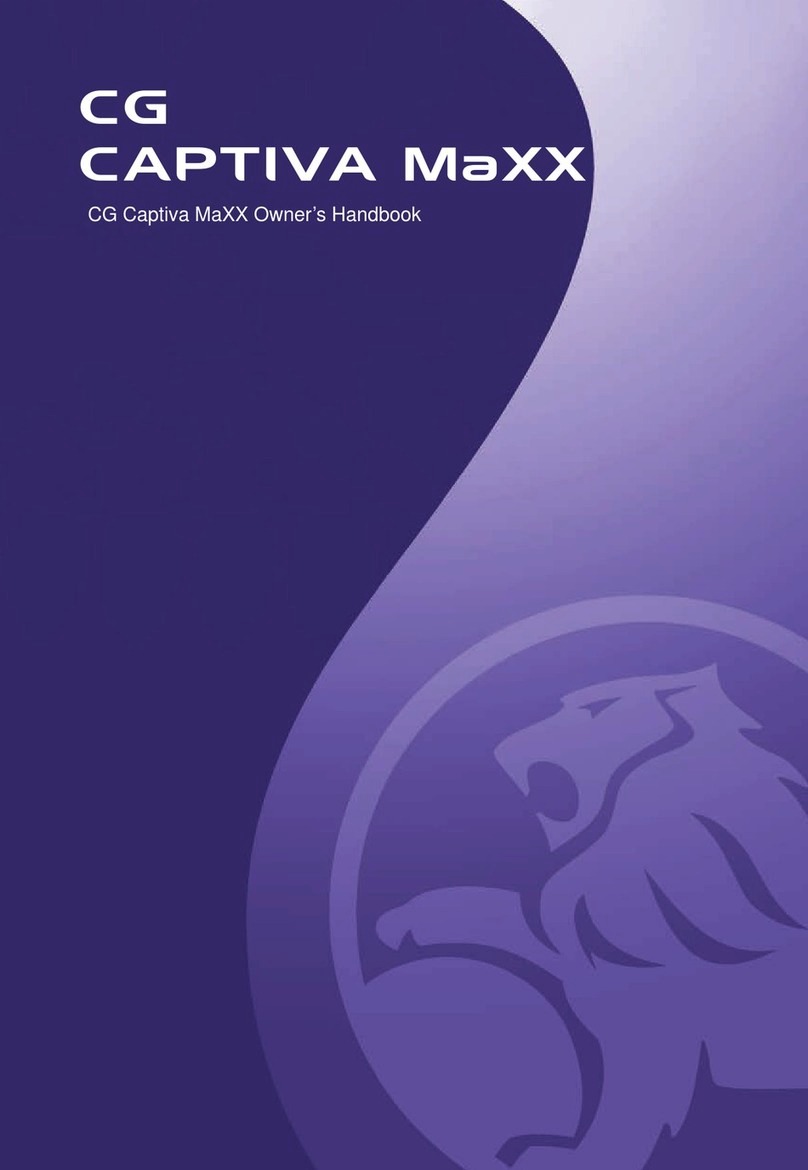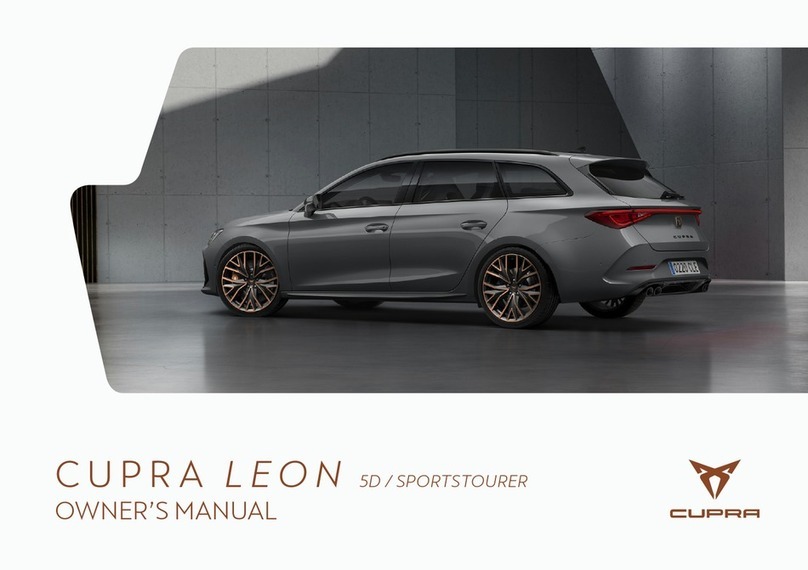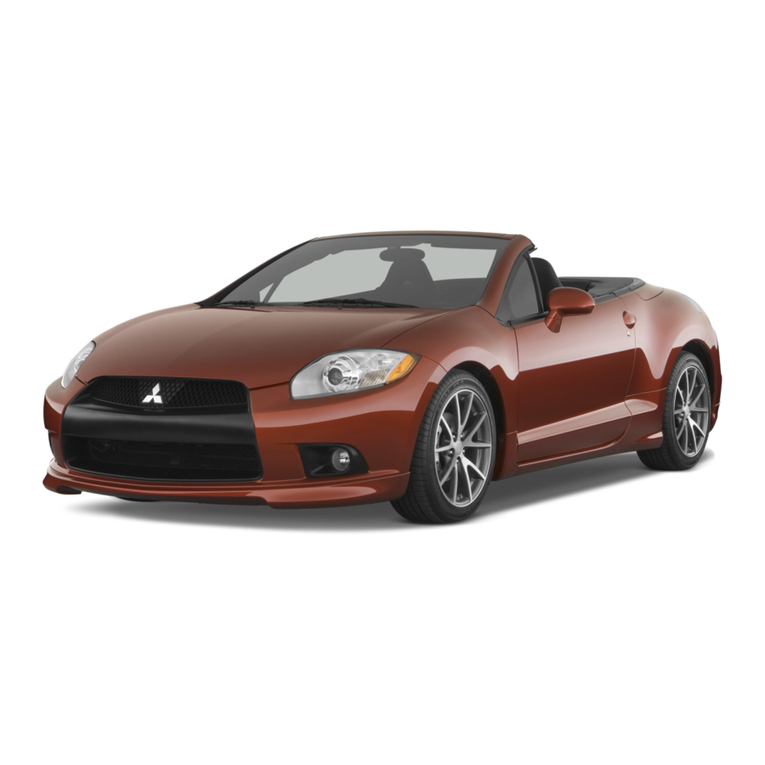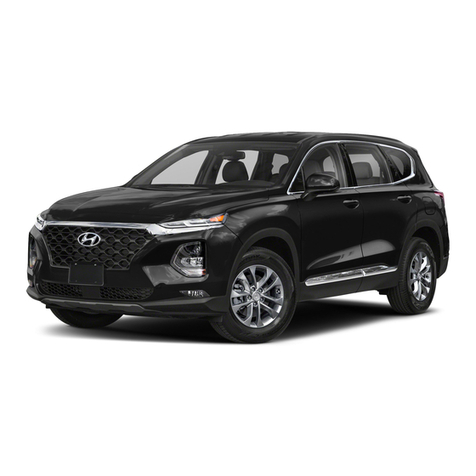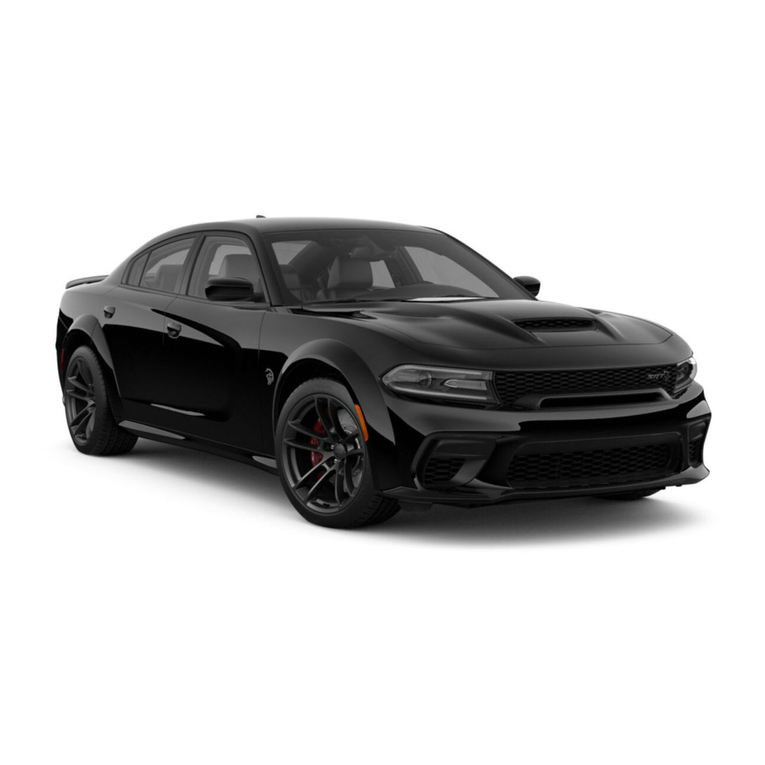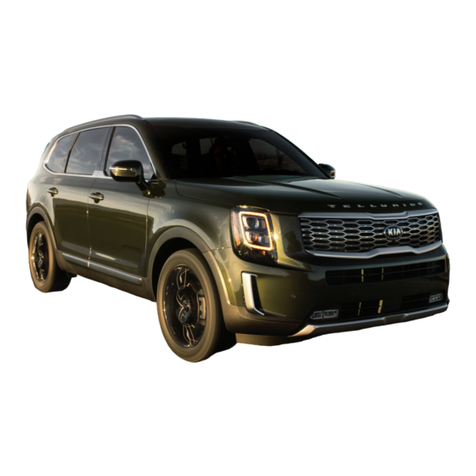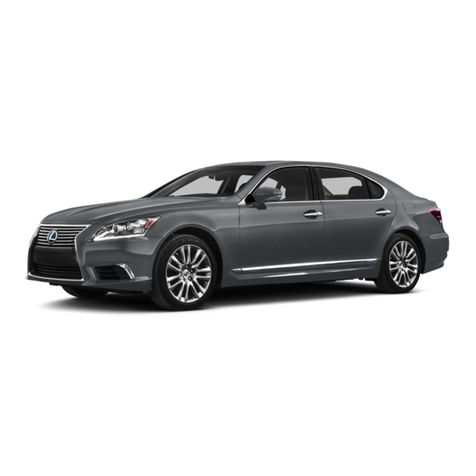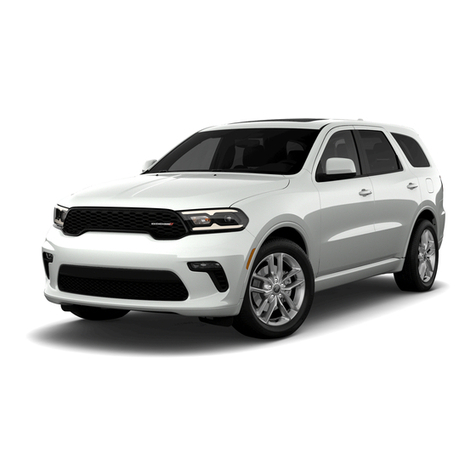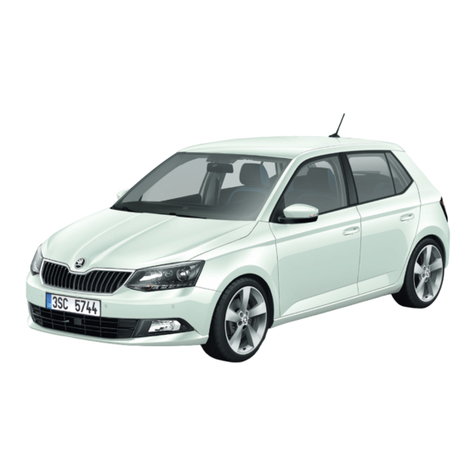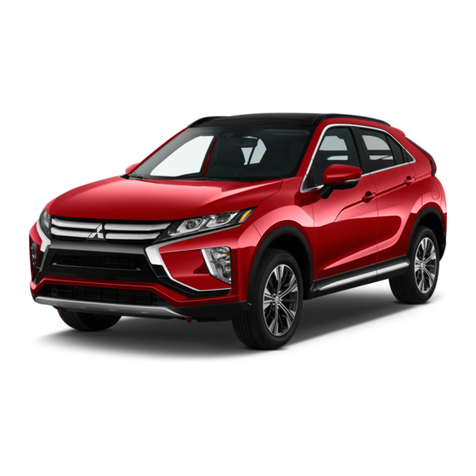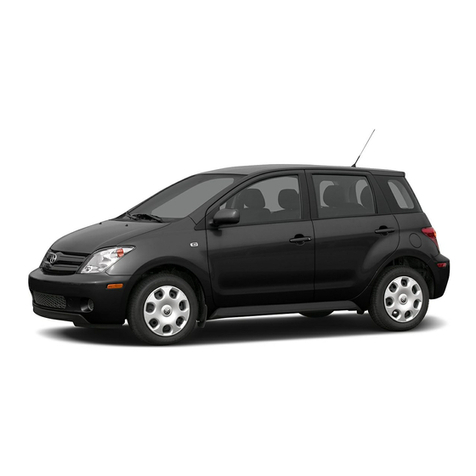Riviera Buick User manual

...
..
,.'
.
.
..
I.
..
.
.
..


Litho in U.S.A.
Part
No.
25604740
A
First Edition
The
1993
Buick Riviera
Owner's Manual
@Copyright General Motors Corporation 1992
All Rights Reserved
1

GENERALMOTORS,GMandtheGMEmblem,
BUICK,andtheBUICKEmblemareregistered
trademarks
of
General Motors Corporation.
Pleasekeepthis manual in your Buick,
so
itwill be there if
you ever needit when you're onthe road.
If
you
sell the
vehicle, please leave this manualinit
so
thenew owner can
use
it.
VOLUNTARY
TECHNICIAN
WE
SUPPORT
CERTIFEA~NTHROUOH
Nmoonal
Instltute
for
We
support
voluntary
technician certification.
For Canadian Owners Who Prefer
FrenchLanguageManual:
,.
4,
3Sk
Aux
nronriCtaires canadiens: Vous pouvez vous procurer
un exemplaire de ce guideenfranGaischezvotre
concessionaireou
ii
DGN
Marketing Services Ltd.,
1500
Bonhill Rd., Mississauga, Ontario L5T
1C7.
'3


WalterMurr
and
Thomas
Buick
William
C.
(Billy)
Durant
At the
1905,
New York
Auto Show, Durant took
orders for
1,000
Buicks
'
before the company had
built
40.
On
Buick's
success, Durant created a
holding company,
September
16,
1908.
He
called it General Motors.


In
WorldWar
11,
Buickbuilt aircraft engines, tanks and
A
high-compression
V-8
enginewas introduced in 1953.
othermilitaryhardware.Thispost-warperiodbrought
And
Buick’sfamousverticalpillar“toothy”grille
great
stylingandengineeringchangeswhichresultedin(introduced
in
1942),becamemoremassiveinthe
increasedsales.Thetorqueconverterautomaticpost-war era.
transmission, Dynaflow, was introduced in the 1948
Roadmaster. Buick’s famous “portholes” came along in
1949.
1949
Roadmaster
1953
Skylark

Motor Trend magazine named the
1962
Buick Special
“Car
of
the Year”, The first production
V-6
enginewas
used
in
the
Special,
~~
i
J
5
Buicks are,
and
will
continue
to
be, premium American
motorcars with smooth power, high performance, rich
detail and comfortable accommodation.
Buicks are
POWERFUL.
Buicks.
are
MATURE.

1923
Buick
Sport
Roadster
8

How
to
Use
This
Manual
Youwill alsofindaredcirclewithaslashthroughitin
Many people read their owner’s manual from beginning
to end when they first receive their new vehicle. This
will helpyou learn aboutthe features and controls for
your vehicle. In this manual, you’ll find that pictures
and words work together to explain things quickly.
Safety Warnings and Symbols
You
will find a number
of
safety cautions in this book.
We use yellow and the word CAUTION to tell you
about things that could hurt you if you were to ignore
the warning.
this book.
I
This safety symbol means
“Don’t,’’ “Don’tdo
this,”
or “Don’t let this happen.”
In
the yellow caution area,we tell you what the hazard
is. Then we tell
you
what
to
do
to help avoid or reduce
the hazard. Please read these cautions.If you don’t,you
or others could be
hurt.
10

HowtoUsethisManual
................................................................
This part tells you how to use your manual andincludes safety and vehicle damage warnings
&
symbols.
SeatsandSafetyBelts
..................................................................
This part tells you howto use your seats and safety belts properly.
Featuresandcontrols
..................................................................
This part explains how to start and operate your Buick.
This part tells you how toadjust the ventilation
&
comfort controls and how to operate your sound system.
YourDrivingandtheRoad
..............................................................
Here you’ll findhelpful information and tips about the road and how to drive under different conditions.
ProblemsontheRoad
..................................................................
This part tells
you
what to do if you have
a
problem while driving, such as a flattire or engineoverheating.
ServiceandAppearanceCare
............................................................
Here the manual tells you how to keep yourBuick running properly and looking good.
Maintenanceschedule
..................................................................
This part tells
you
when to perform vehicle maintenance and what fluids and lubricants touse.
Customer Assistance Information
........................................................
This part tells you how to contact Buick for assistance and how toget service publications. It also gives
you
information on “Reporting Safety Defects.”
Index
................................................................................
Here’s an alphabetical listing of almost every subject in this manual.
You
can use it to quickly find
something
you
want to read.
Comfort Controls and Audio Systems
.....................................................
10
13
59
117
139
183
215
269
289
297

Vehicle
Damage
Warnings
Also, in this book you will find these blue notices:
In the blue notice area,we tell you about something that
can damage your vehicle. Many times, this damage
would not be covered by your warranty, andit could be
0
costly. But the notice will tell you what to do to help
avoid the damage.
When you read other manuals, you mightsee
CAUTION and NOTICE warnings in different colors or
in different words,. In this manual, we've used the
familiar words and colors that Buick has usedfor years.
"
You'll also see warning labels on your vehicle. They use
the samecolors,and the words CAUTIONor NOTICE.
11

Vehicle Symbols
These are some
of
the
symbols
you will
find
on
your vehicle.
For example,
these symbols
are used on an
original battery:
POSSIBLE
A
CAUTION
INJURY
PROTECT
EYES BY
SHIELDING
CAUSTIC
BURNS
AVOID
SPARKS
OR
FLAMES
SPARK
OR
,111,
COULD
pq
FLAME
EXPLODE
BATTERY
These symbols
are important
for you and
your passengers
whenever your
vehicle
is
driven:
FASTEN SEAT
4
BELTS
These symbols
have todo with
your lights:
SIGNALS
TURN
HIGH BEAM
OR
=
=o
FOG LAMPS
$0
These symbols
are on some
of
your controls:
WINDSHIELD
’
’
’
4-
#-
WASHER
f0
-**
WINDSHIELD
Q
WASHER
I
WINDSHIELD
DEFROSTER
WINDOW
DEFOGGER
VENTILATING
FAN
L.
HEADLAMP
-
,~*-,
WASHER
iQ
WIPER
-
L
These symbols
are used on
warning and
indicator lights:
COOLANT
F-
TEMP
--
ENGINE
CHARGING
I-1
BATTERY
SYSTEM
RADIATOR
a
COOLANT
FUEL
ENGINE OIL
PRESSURE
Wb
TEMPOIL
&
ANTILOCK
(@)
BRAKE
Here are some
other symbols
you may see:
FUSE
RADIO
‘‘ill
SELECTOR
RADIO
k
VOLUME
CONDITIONING
AIR
33
HATCHBACK
/y
TRUNK
RELEASE
t
LIGHTER
1-
HORN
SPEAKER
cr
~
12
,
.

Part
1
Seats and SafetyBelts
Here you’ll find information aboutthe seats
111
yuul
UUIUS.
your Supplemental Inflatable Restraint (“air bag”) systeill
and howto use your safety belts properly
.
You can also learn about some things you should
@
dowith safety belts
.
Part
1
includes:
SeatsandSeatControls
.............................................................
14
HeadRestraints
...................................................................
17
WhySafetyBeltsWork
.............................................................
20
QuestionsMany PeopleAsk About Safety Belts
..........................................
24
How to Wear SafetyBeltsProperly
....................................................
26
Adults
............................................................................
26
DriverPosition
....................................................................
26
Lap-ShoulderBelt
.................................................................
27
SupplementalInflatableRestraintSystem
...............................................
32
SafetyBeltUseDuringPregnancy
.....................................................
37
PassengerPositions
................................................................
38
Children
.........................................................................
43
SmallerChildrenandBabies
.........................................................
43
ChildRestraints
...................................................................
45
LargerChildren
....................................................................
53
SafetyBeltExtender
................................................................
56
CheckingYourRestraintSystem
......................................................
56
ReplacingSafetyBeltsAfteraCrash
...................................................
57
SafetyBelts
.
They’re for Everyone
...................................................
19

Seats and Seat Controls
Power
Seat
Front Control
(F):
Raise or lower the front
of
the seat
by holding the switch
to
the right or left.
Center Control(C):
Move the seat forwardor back by
holding the controlto the front or back. Raise the seat
by holding the controlto the left. Hold the controlto the
right to lower the seat.
Rear Control
(R):
Raise or lower the rearof the seat by
holding the switch to the right or the left.

Fourteen Way Seat (Driver’s Side Only
-
Option)
Reclining
Front Seatback(s)
To
adjust the seatback, lift the lever onthe outer sideof
the seat.Release the lever to lockthe seatback where
an upright position.
I
t
youwant it. Pull up
on
the lever and the seat will
go
to
With
this
seat you have these adjustments, too:
0
Recliner
-
This
changes the position
of
the seatback.
0
Lumbar
-
The center seatback supportis inflated
or
deflated
for
the
desired lower back support.
15

If
you havethe power
option, it works with the
switch located
on
the side
of
the seat.
But don’thave a seatback reclined
if
your
vehicle is
moving.
A
CAUTION:
Sitting in a reclined position when yourvet
I
rn
le
is in motion can be dangerous. Even
if
you
buckle up, your safety belts can’t
do
their job
when you’re reclined like this.
CAUTION: (Continued)
16

-
I
CAUTION: (Continued)
The shoulder beltcan't do its jobbecause it
won't be againstyour body. Instead,it willbe in
front of you.In
a
crash you could go intoit,
receiving neckor other injuries.
The lap belt can't do itsjob either. Ina crash the
belt could go upover your abdomen. Thebelt
forces would be there,not at your pelvic bones.
This couldcauseserious internalinjuries.
I
For proper protectionwhen thevehicle is
motion, have the seatbackupright. Then
back
in
the seat andwear your safety belt
I
Head Restraints
I
properly.
m
Slide the head restraint
up
or dawn
so
that
&e
top
,o$.tha:
restraint
is:
closest
-to
tbe top
of
your
ears.
This
position
reduces
the
chance
of
a:
ne,&
injury
m
a
crash.
17

Front Seatback Latches
To fold
a
seatback forward, push the seatback toward the
Your seatback will move back and forth freely, unless
youcome
to
a suddenstop.Thenitwilllockinplace.
=
There's one time the seatback
may
not fold without
some help from
you.
That's if your vehicle is parked
I
goingdown a fairlysteep
b
hill.
I
1
A
CAUTION:
'
If
the seatback isn't locked, it could move
forward ina sudden stop or crash. That
ca
~
1
cause injury to the person sitting there. Always
press rearward on the seatback tobesure it
is
locked in place.
Table of contents
